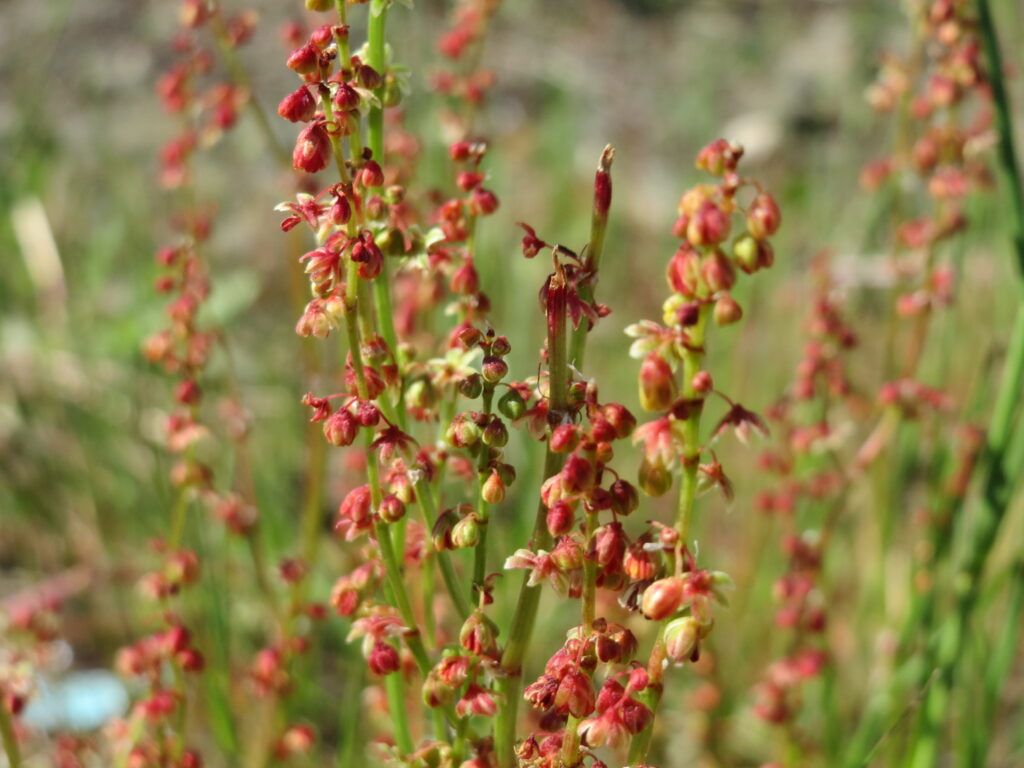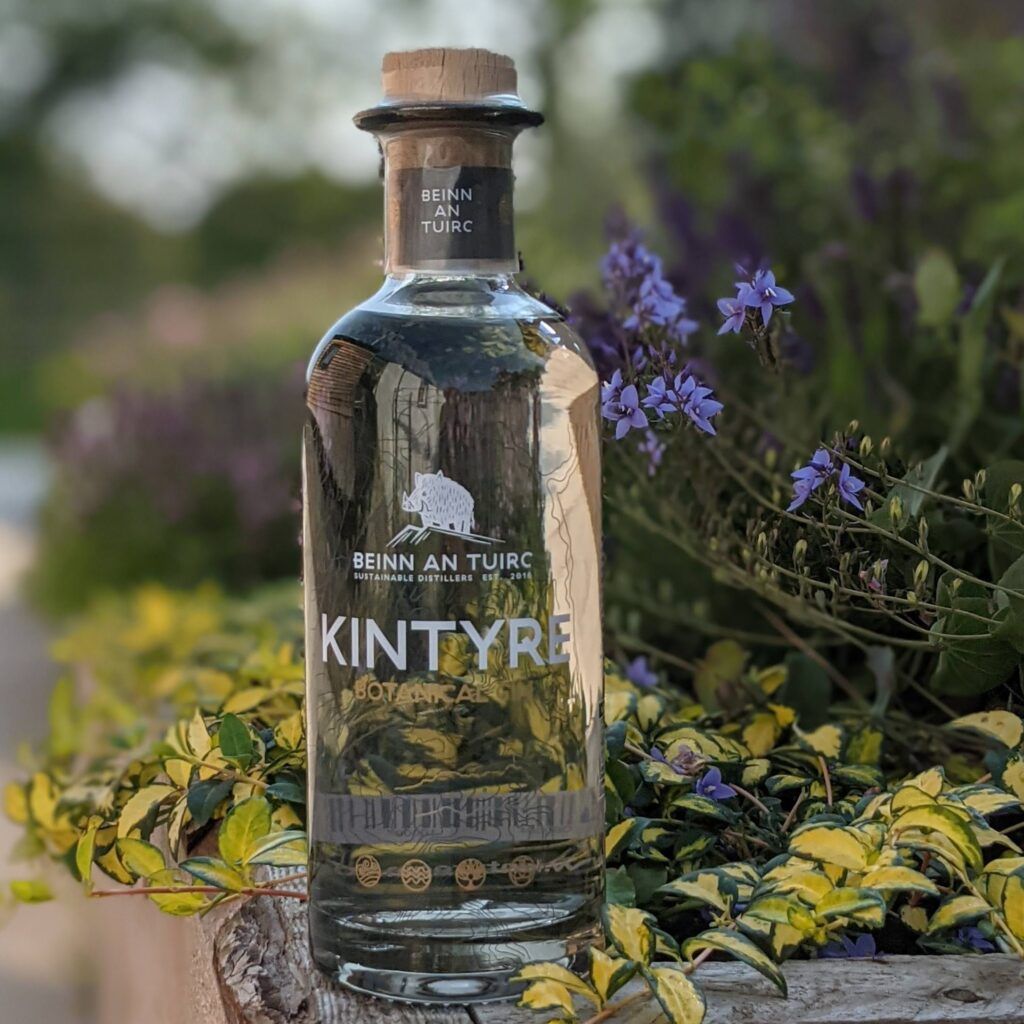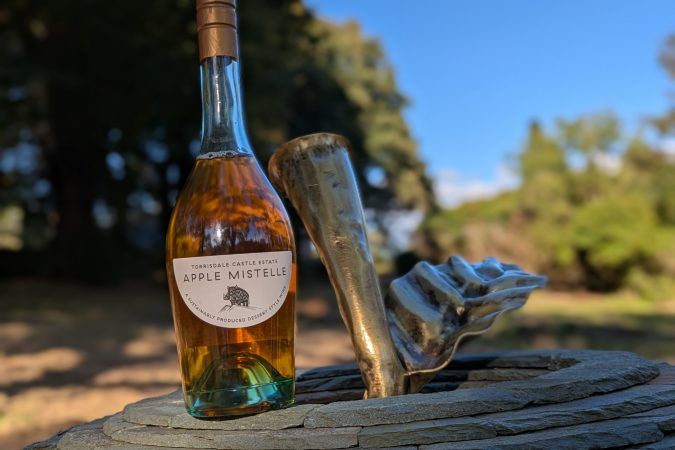As part of our Boar Botanicals series, we’ll be shining the spotlight on various ingredients we use in our products.
Sheep Sorrel (Rumex acetosella)
Related to the more commonly known dock leaf plant, sheep sorrel is found in abundance across Kintyre. It’s easily identifiable by its smooth, arrow-shaped leaves and tall flower stalks growing up to around 10 inches and rarely over a foot. The male plants have yellow-green flowers whereas the female plants sport red blossoms.
Whether you’re walking through open woodland, hiking across heaths, or strolling along shingle beaches, you will have probably knowingly or not spotted this native ground herb. Sheep sorrel tends to prefer well-drained and poor soil where other vegetation is kept short.

The best time of year to forage sheep sorrel is during the spring months when the leaves are young and more tender. Although relatively small, these little leaves pack a punch and have a sharp, citrus taste that’s not too dissimilar from apple peel. Add them fresh to a salad or eat them cooked as a side or in sauces. The leaves can be used to replace lime or lemon elements in dishes and pair particularly well with seafood, which we have plenty of in Kintyre. It’s best to keep quantities small as the plant contains oxalic acid, an organic compound found in many nuts, cocoa, and leafy greens.

Sheep sorrel is one of the twelve botanicals we use in our Kintyre Gin and, as far as we know, we are the only gin distillers using this herb. Although we’re surrounded by this plant, we don’t forage as the large quantities we need for production would disrupt the natural environment too much so instead we ethically source this plant. The leaves in particular are important ecologically as they are a significant food source for the caterpillar of the Small Copper Butterfly and the Day-Flying Forester Moth.
Historically, sheep sorrel has been used in alternative medicine to treat a variety of ailments ranging from fever and sinusitis to bloat and scurvy. The roots in particular have diuretic properties, helping rid the body of excess amounts of water and salt. The leaves contain an alkali that can be used to alleviate bee and nettle stings as well as ant bites. All parts of the plant can also be used as a natural dye – the roots produce a deep brown colour whereas the flowers and stems give a green-blue hue.






